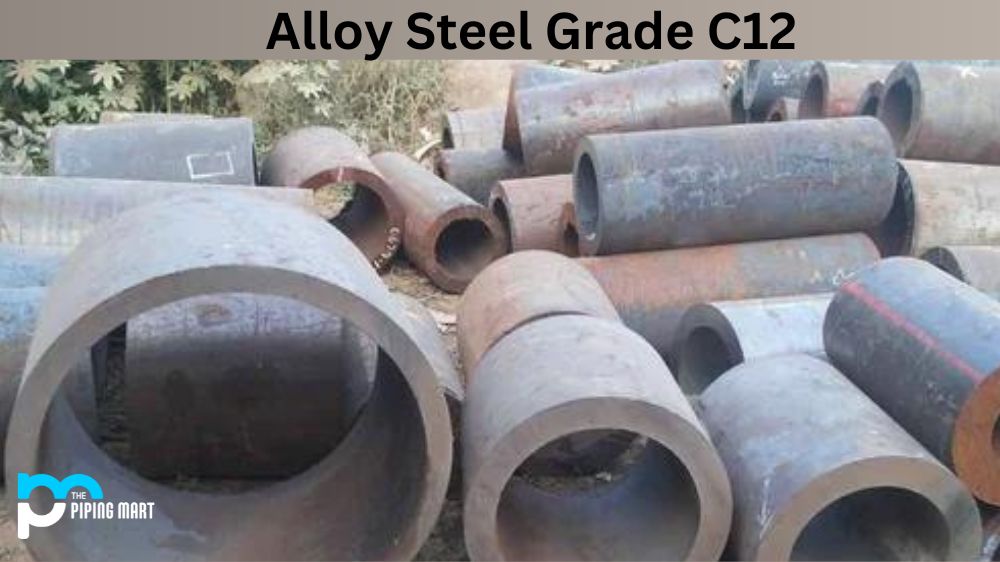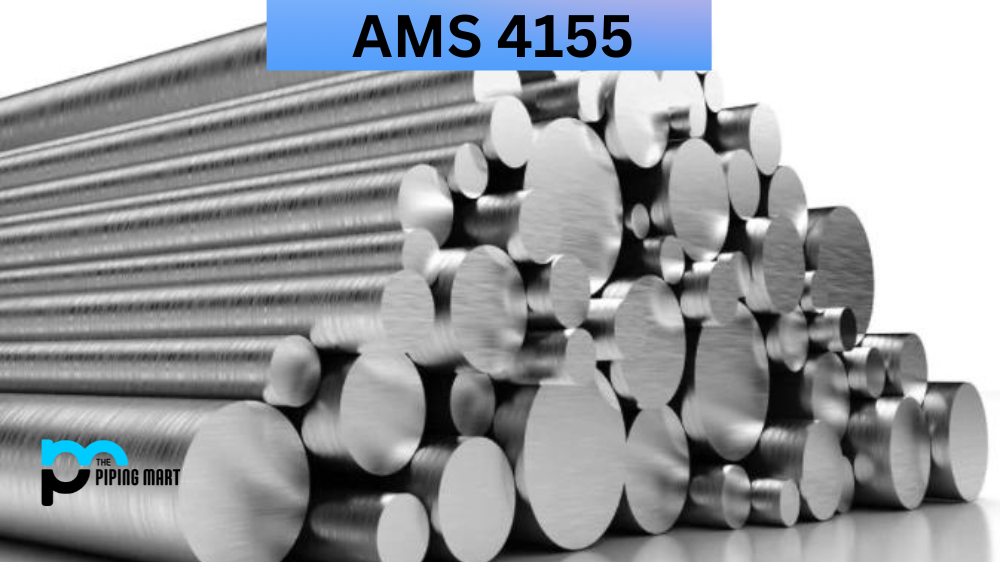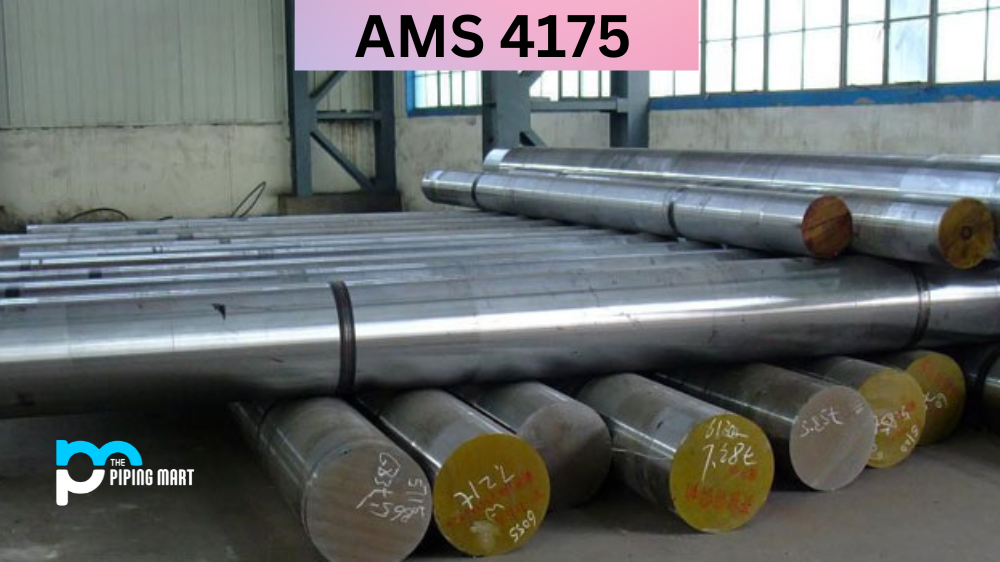Alloy Steel Grade C12 has numerous uses across a wide variety of industries. It is known for its strength and durability, making it a popular choice for many applications. In this blog post, we’ll explore the composition, chemical properties, mechanical properties, physical properties, corrosion resistance, heat resistance, heat treatment and machining of Alloy Steel Grade C12 as well as its welding capabilities.
C12 Composition
Alloy Grade C12 is a low-alloy steel that contains manganese and chromium as major alloying elements. Other alloying elements include molybdenum and vanadium in small amounts. The carbon content of Alloy Steel Grade C12 is between 0.4% and 0.5%. This low carbon content ensures that the material remains ductile even at high temperatures.
- 0.12-0.2
- 0.35-0.65
- 8-10
- 0.9-1.2
- 0.5-0.5
- Bal
- 0-0.5
C12 Chemical Properties
Grade C12 is highly resistant to corrosion due to its low carbon and manganese content. The combination of these two elements also provides excellent wear resistance making it ideal for applications that require high wear resistance such as bearings, gears and valves. The chromium content in Alloy Steel Grade C12 also helps to increase its hardness and tensile strength while providing good toughness at lower temperatures.
C12 Mechanical Properties
The mechanical properties of Alloy Steel C12 depend upon the heat treatment applied to the material during the manufacturing process. When quenched or tempered at normal temperature ranges (up to 730°F or 400°C), the material exhibits a yield strength of 45 ksi minimum with an ultimate tensile strength reaching 60 ksi minimum. This makes it suitable for applications requiring high strength without sacrificing ductility or toughness at lower temperatures such as shafts or fasteners used in engines or other machinery components operating under extreme conditions such as automotive transmissions or agricultural equipment parts exposed to harsh weather conditions outdoors.
C12 Physical Properties
The physical properties of Steel C12 make it an ideal choice for applications requiring both specific electrical conductivity values along with mechanical strength values including good impact resistance at elevated temperatures up to 730°F (400°C). Its excellent formability combined with good weldability makes it suitable for complex shapes including bending, flanging and forming operations which are often required in pipe systems used in industrial settings such as oil refineries and petrochemical plants where piping needs to be routed through tight spaces while maintaining structural integrity under extreme temperatures or pressures.
C12 Uses
Alloy steel grade C12 is an incredibly versatile material that can be used in many applications. C12 can be used in manufacturing and construction for welding operations or as an alloying agent for components. In the auto industry, it’s widely used to make axle shafts, clutch parts and other components due to its excellent strength and wear-resistance properties. In addition, it’s also popular in marine engineering where its resistance to corrosion is invaluable. Overall, it’s easy to see why C12 remains one of the most popular steel alloys used today.
Corrosion Resistance
The chromium content found in most alloys used in modern day industrial environments provides excellent corrosion protection from oxidation by forming an oxide layer on the surface which helps protect against further rusting or pitting caused by exposure to corrosive chemicals or water vapor (humidity).
Heat Resistance
Additionally, due to the low carbon content found in this grade of alloy steel grade c13 provides superior heat resistance compared to other grades typically used in automotive transmission parts which need withstand high heat produced by internal combustion engines over long periods without deforming or losing their structural integrity due to thermal cycling over time when exposed directly hot exhaust gases produced by engine combustion cycles..
Heat Treatment
Heat treatment can be used on alloy steel grade c13 parts if necessary depending on what kind of application they are intended for but can be tricky due to its higher temperature requirements compared with other grades .
Machining
However once cooled properly after being quenched ,the material will remain very strong yet still remain ductile enough for machining operations .
Welding
Welding can also be done using either tig or mig welding techniques but should always be done by certified professionals since improper welding can lead to catastrophic results .
Conclusion
Alloy steel grade c13 has become a popular choice among many industries thanks to its excellent physical, mechanical, and chemical properties and its ability to stand extreme temperatures without losing its structural integrity. This grade offers superior corrosion protection against many common corrosive agents. It provides good formability when shaped into complex shapes while remaining strong enough to withstand heavy loads typical in automotive transmission parts. Furthermore, heat treatment can be applied if necessary, although care must ensure proper cooling procedures before any machining operations begin, thus ensuring part integrity throughout the manufacturing process. All these characteristics combined make alloy steel grade c13 an ideal choice for metal fabrication projects where cost effectiveness, quality, and reliability are paramount considerations.
Meet Heer, a dynamic and driven writer learning tricks of her trade in the metal industry. With a background in Digital Marketing, Heer brings a unique perspective to her writing, sharing valuable insights. Apart from blogging she like reading and hiking.




